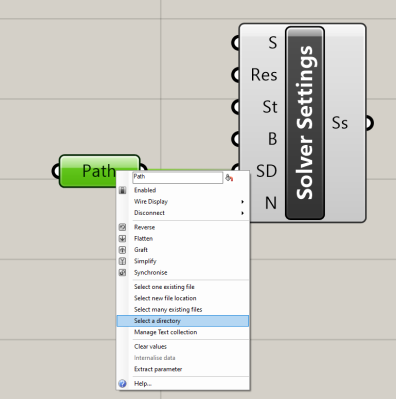wiki:sns:intactgh:faq
This is an old revision of the document!
Frequently Asked Questions
1. Solver Settings
❓1.1 When should I use linear elements and when should I use quadratic elements?
- Regardless of the scenario, either will work. Generally, quadratic elements converge to a good answer quicker and with few elements, but it depends on the simulation scenario.
- For geometries that undergo bending, quadratic elements perform better.
- It is important to note that with quadratic elements, many fewer elements are needed to compute an accurate solution. Having more elements increases computation time, so start with a low resolution or high cell size and increase the resolution/decrease cell size to improve accuracy.
- 📌 See example application Ex-6: Linear Elements vs Quadratic Elements
❓ 1.2 How do I know what resolution/cell size to set?
- To accurately capture small features with linear elements, set the cell size to 1/3 the thickness of that feature.
- For quadratic elements, a cell size equal to the thickness of the small feature is sufficient.
- Low resolutions (<1000) will generally solve problems quickly. Intact can handle a resolution of 10 million elements (or more!), so start small, and gradually increase the resolution until consistent results are obtained.
❓ 1.3 Is there a maximum resolution (or minimum cell size)?
- A decent laptop/desktop should be able to support a resolution (number of elements in the grid) in order of millions. The maximum depends on your computer's memory and whether you choose to use the direct (high performance, lots of memory) or iterative (slower performance, smaller memory footprint) solver.
❓ 1.4 How do I change where my simulation saves?
- First, place a file path object on the Grasshopper Canvas.
- Right click, and click “Select a directory” and connect it to Solution Directory (SD)
wiki/sns/intactgh/faq.1691442336.txt.gz · Last modified: 2023/08/07 15:05 by goldy

